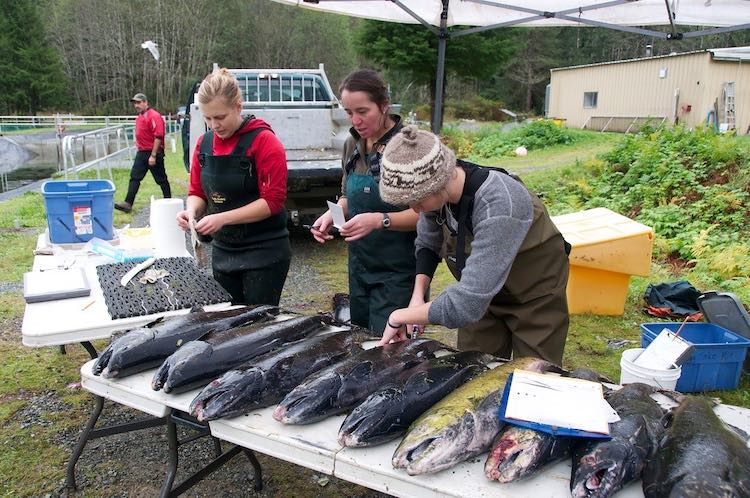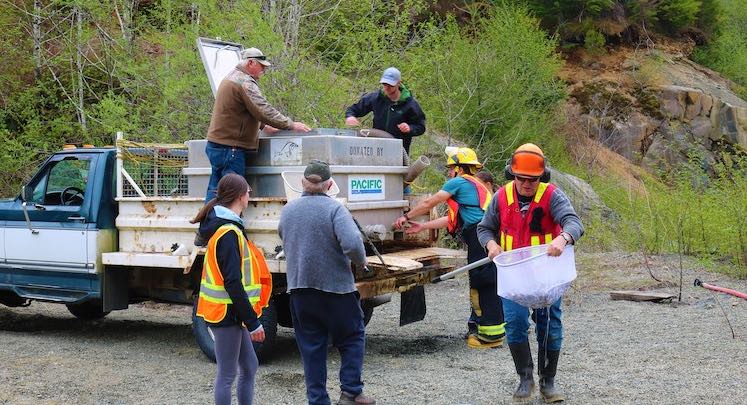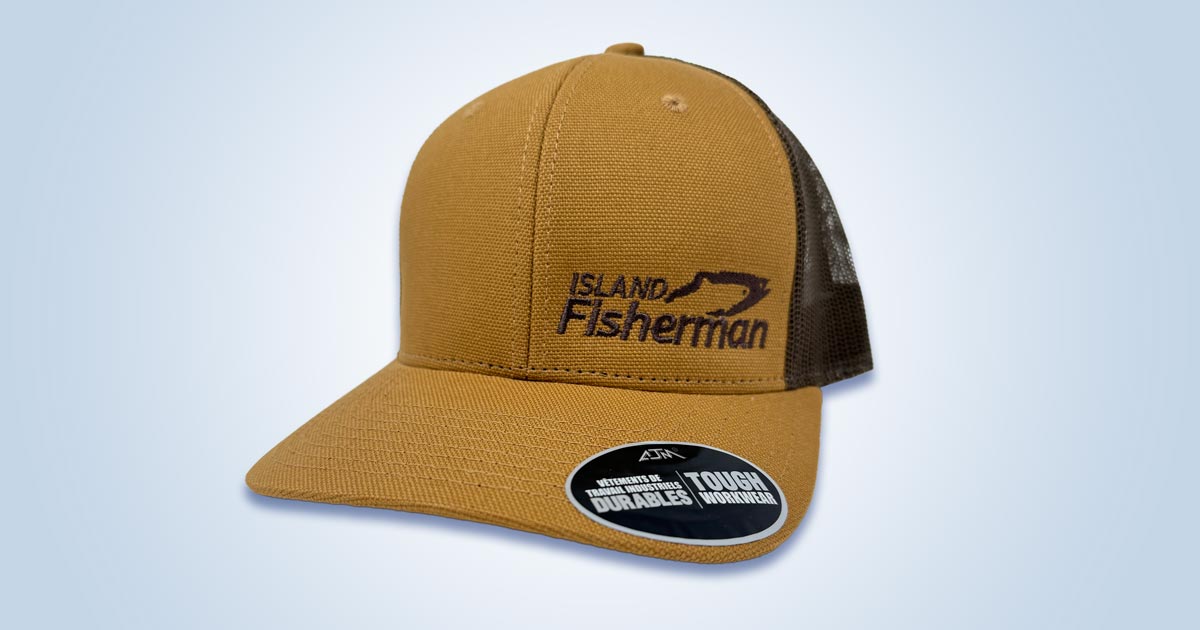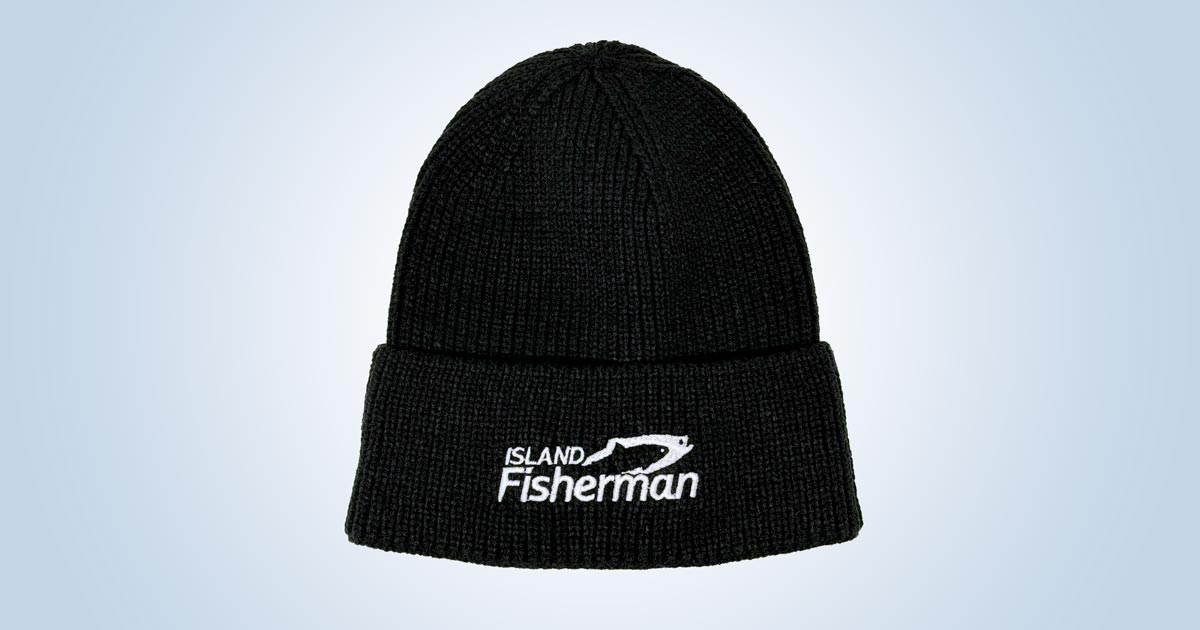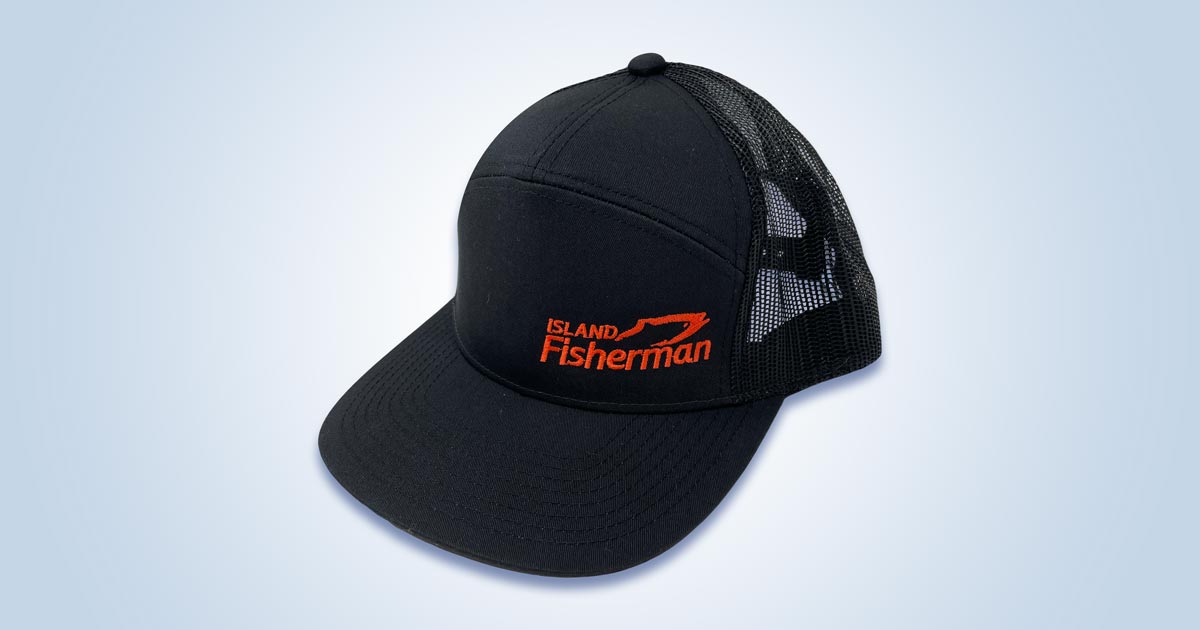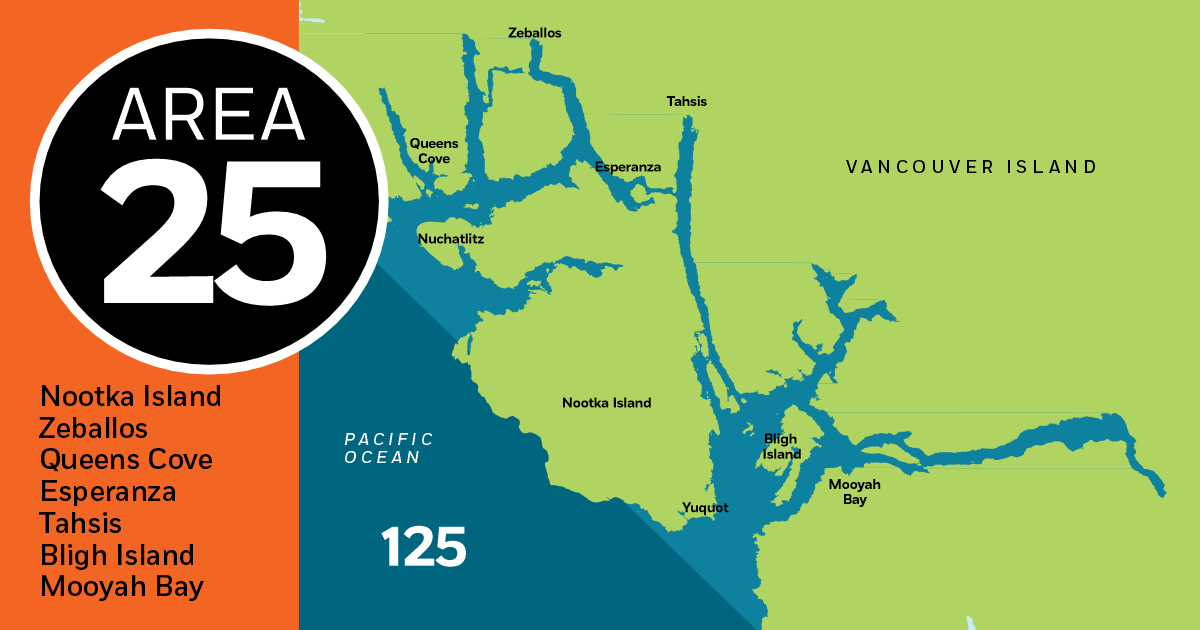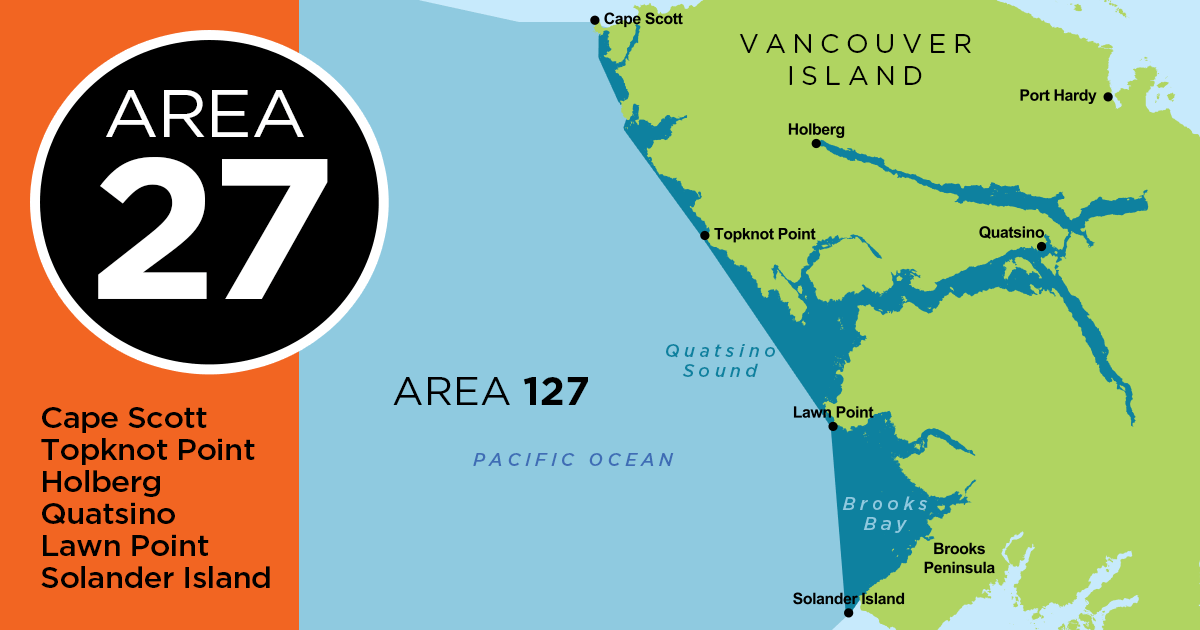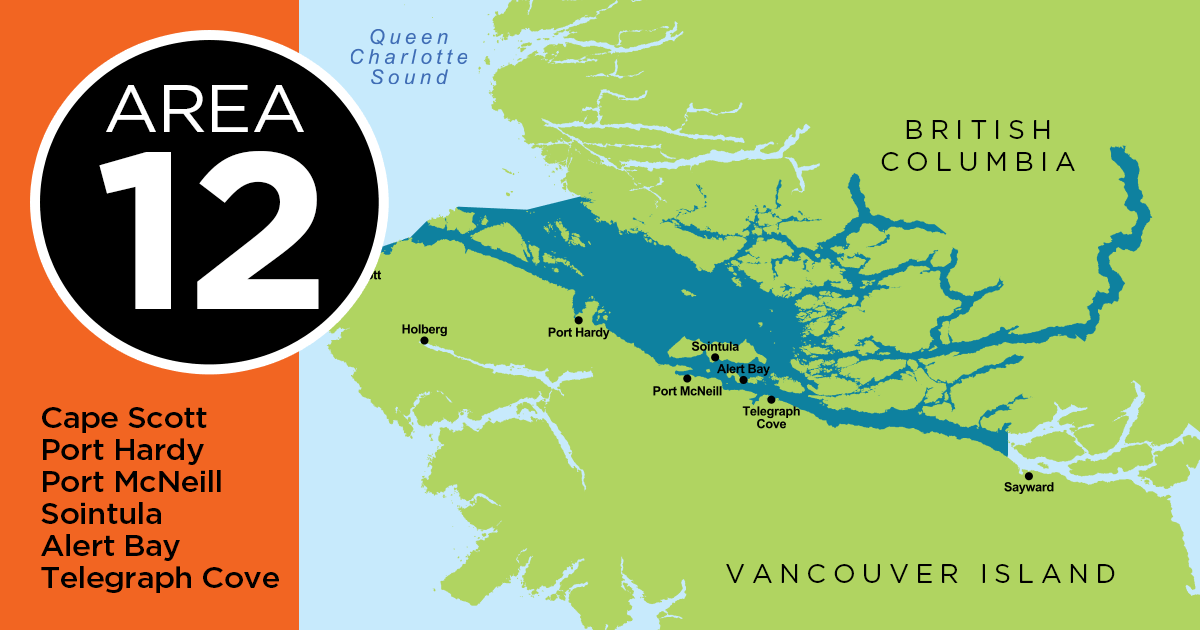
When I was about 16 years old and living in Coquitlam, my father announced to me that he had left his job of many years and had bought a fishing lodge. It was outside of a place called Tahsis. “But don’t worry Al … It’s got a mall!,” he said.
Well, the “mall” was a series of modular buildings, including a post office, at the end of a 63-km dirt road. As a born-and-raised city kid, I was not impressed at the time, but little did I know that I was then in what would become my second home; a place where I would live and work on and off for over 26 years … and counting.
I wrote this article onsite at Moutcha Bay Resort, not long before I emceed the 8th Annual Salmon Enhancement Derby on Canada Day Weekend, 2019. This is one of several events in the area that support our local fishery—a fishery that has brought me a living in a place I truly call home. It’s also brought me many dear friends, including Samantha Kagan, the Stewardship Coordinator for the Nootka Sound Watershed Society and co-author of this article.
This event raises funds for the Nootka Sound Watershed Society (NSWS), along with the Moutcha Bay Kayak Derby that I’ve spearheaded each Labour Day. These events are two of several in the area that raise funds for the programs to help to maintain our stocks.
Nootka Sound & Esperanza Inlet are home to several groups that work together to enhance salmon stocks in the area. The NSWS is made up of a conglomerate of about 200 members who work to raise funds for the federally run Conuma River Hatchery as well as the volunteer-based Tahsis Salmon Enhancement Society.
Salmon stewardship in Area 25 is a hugely collaborative effort. The NSWS brings together stakeholders from all sides of the fishery, including representatives from sport fishermen, First Nations, commercial groups, scientists, local communities, and federal, provincial, and local government to determine how best to protect, restore, and enhance Pacific salmon in the region. Together these groups work toward creating a more sustainable fishery.
The NSWS operates in Gold River, Tahsis, and Zeballos, a region that is expansive geographically but is home to only 2,000 permanent residents. In the summer the area booms and welcomes thousands of visitors, most of whom come for the incredible fishing opportunities. The NSWS relies heavily on these visiting anglers for financial support.
Funds raised through events like Moutcha Bay’s Salmon Enhancement and Kayak derbies, the Tahsis Salmon Enhancement Derby, and other local fundraising events go towards the NSWS’ collaborative agreement with Fisheries and Oceans Canada. This agreement sees additional Chinook, coho, and chum produced on six rivers in the region. These fish are enhanced by the local DFO Conuma River Hatchery and released into Nootka Sound annually. NSWS also funds an additional hatchery labourer position at the Conuma River Hatchery during the broodstock season—offering one more local employment opportunity in a region where employment can be hard to come by.
Through its fundraising efforts, the NSWS is also able to offer financial and technical support to Tahsis Salmon Enhancement Society, a volunteer-run community hatchery.
Back in 1983, with only six Chinook returning to the Tahsis River, village employee Les Dowding received permission to build a hatchery on municipal grounds and hence was born the Tahsis Salmon Enhancement Society (TSES). Volunteers like Frank Collins, Don Beamin, and many others now release more 300,000 Chinook fry into the system each year and combined with habitat restoration have resurged a river that was—a common theme in these articles—nearly dead.
Working closely with the Conuma Hatchery, located approximately 20 km down Head Bay Road towards Gold River, in particular for technical support, the group has been hard at it for over 35 years.
Most recently, the TSES spearheaded a project releasing over 30,000 fry into the Leiner River just outside of the village. The project saw the fish being flown up using Western Forest Products helicopters to more remote spawning pools further up the river.
The Conuma River Hatchery is one of the most productive hatcheries in the province. Originally built in the early 1980s as a chum rearing facility, its primary focus is now on local Chinook and coho stocks. They currently release 4.6 million sea pen-raised Chinook smolt into the Nootka Sound area. Five watersheds and estuaries in the area now see an annual return of more than 65,000 locally reared Chinook through the inside waters of Nootka Sound.
Five years ago, with financial support from the NSWS, the Conuma River Hatchery began a sea pen release program of coho. The result was an epic return of coho to the Conuma River in 2018; a greater return by far than any- thing we have seen in more than a decade. The 2019 return is yet to be seen, but it is anticipated that the numbers will be even greater this season. Currently the NSWS funds a release of 200,000 coho, 150,000 of which are clipped and reared in those sea pens.
If you haven’t had the opportunity to fish Nootka Sound and Esperanza Inlets, they are tremendously fun and productive fisheries. I urge you to come out and see for yourself. Perhaps you can tee up with one of the many fundraising events in the area for a bit of competition and fun, and support these great volunteers and SEP programs.
Words ALLISON BLIGH & SAMANTHA KAGAN
Photography THE CONUMA RIVER HATCHERY, NSWS, AND THE VILLAGE OF TAHSIS
Visit the Store
$34.99
$34.99
Featured Catch
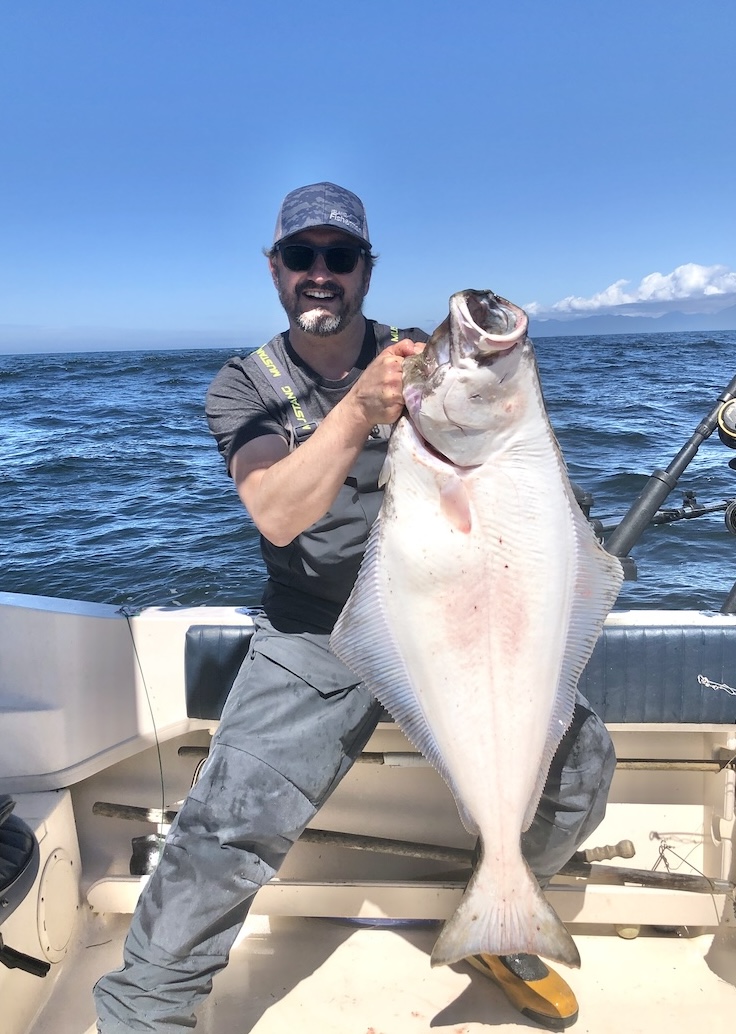
Joel Unickow halibut (Photo: Rob Frawley Lucky Strike Sportfishing Tofino)
